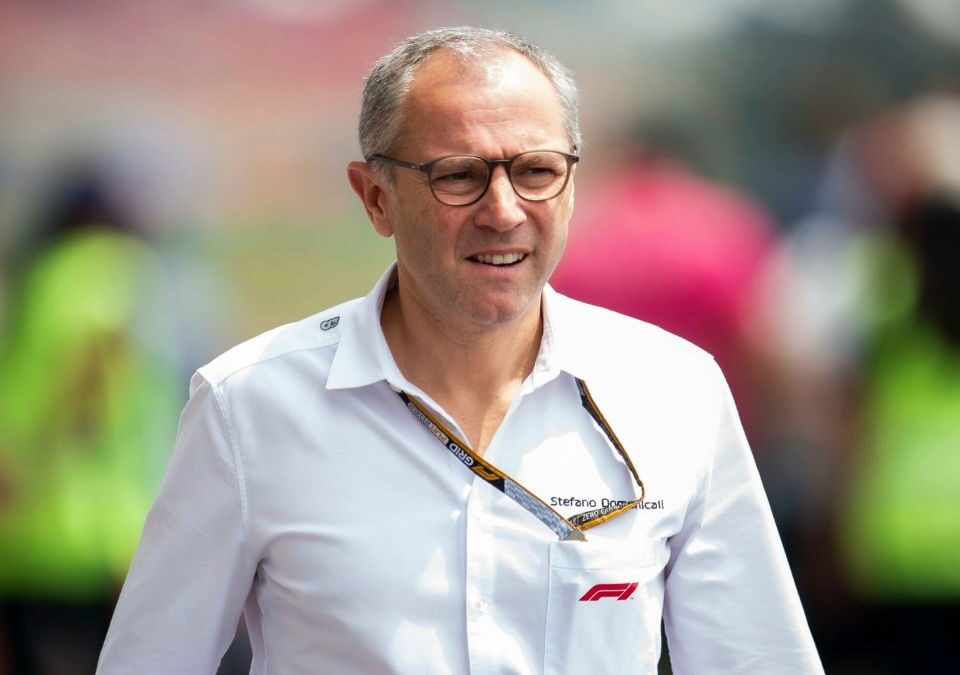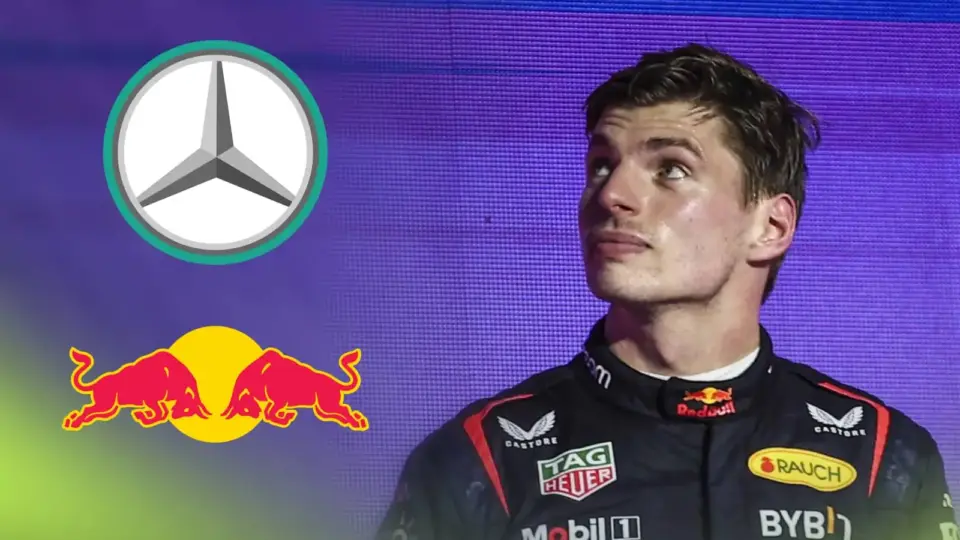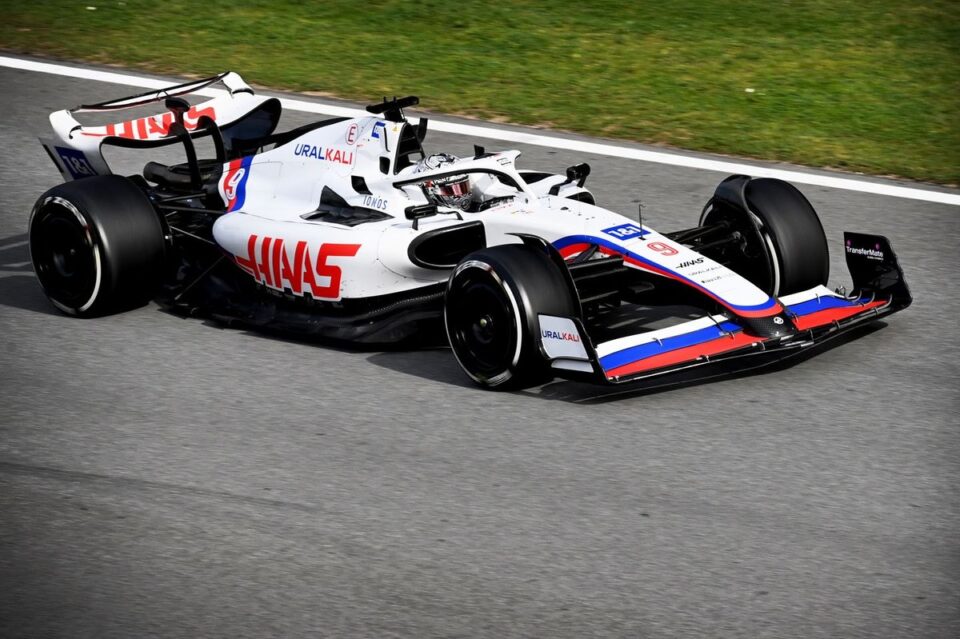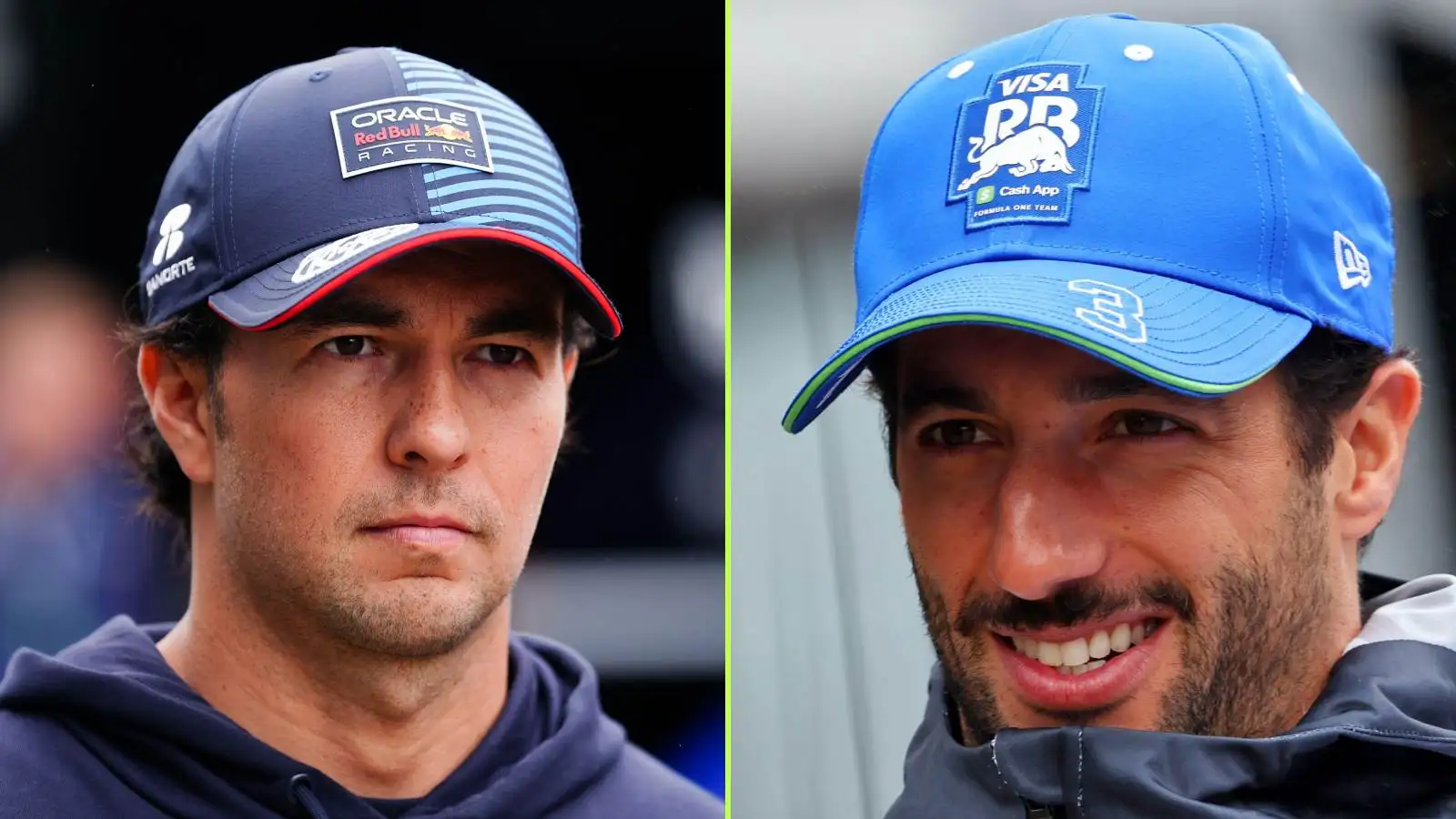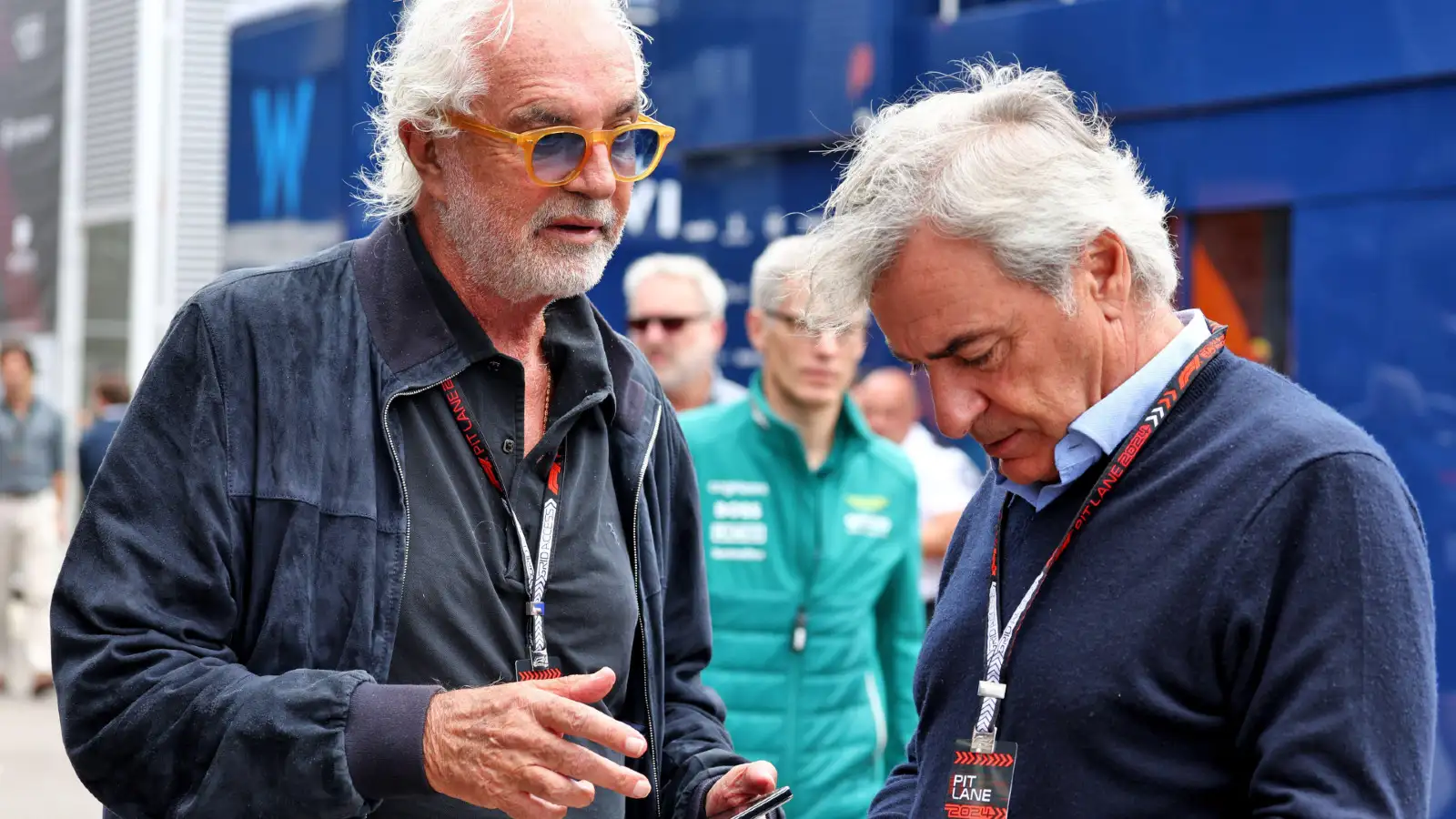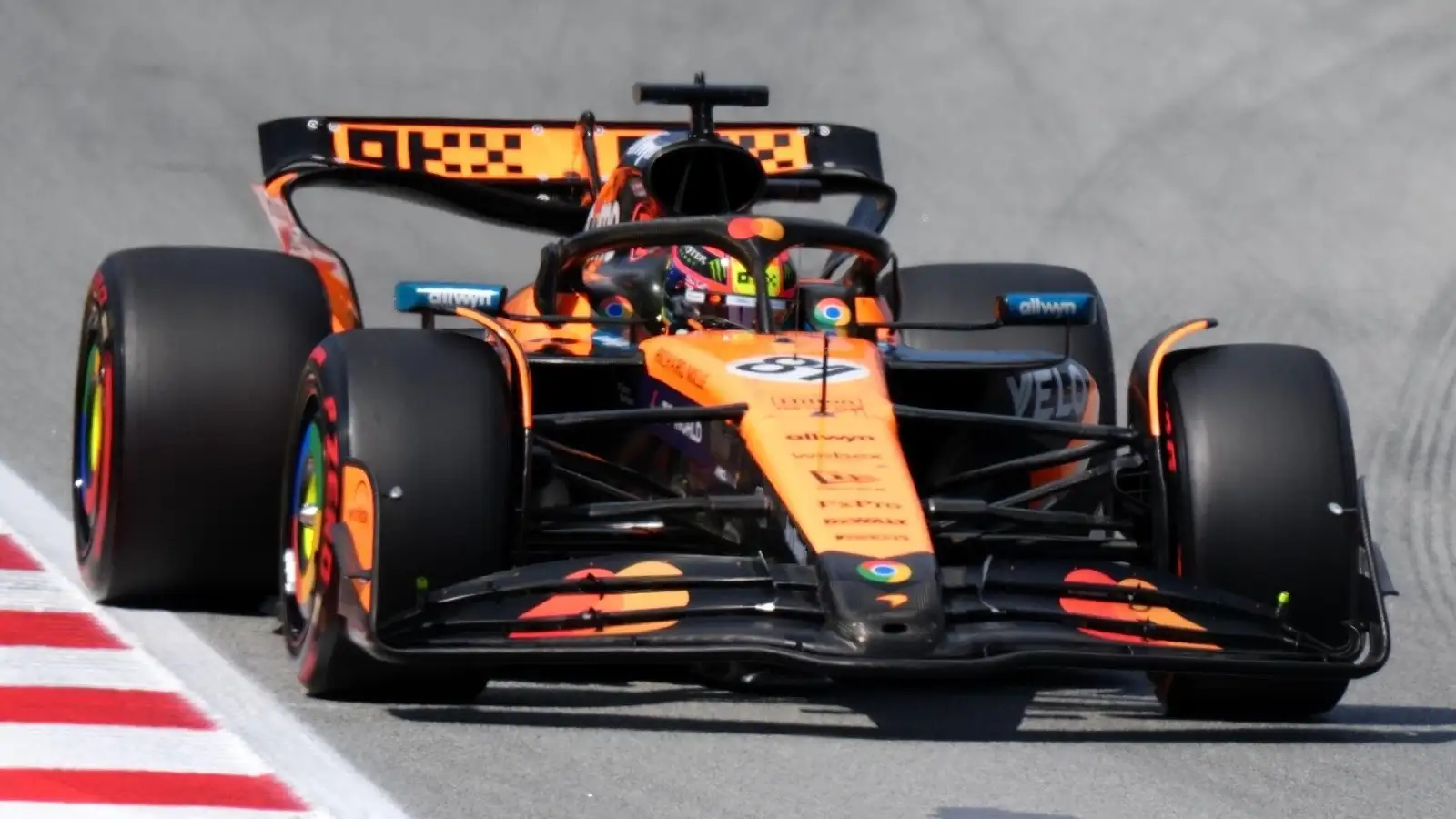The FIA’s newly released Formula One regulations for the 2026 season have sparked a heated debate. These rules, featuring new powertrains and car designs, were crafted with team input, but some insiders aren’t happy.
Christian Horner first voiced concerns about the power units last summer. He argued that at tracks like Monza and Spa, the internal combustion engine (ICE) would mainly act as a generator for the batteries, making its role somewhat pointless.
Toto Wolff responded by mocking Horner, suggesting that Red Bull’s concerns were due to their new powertrain facility lagging behind. Red Bull decided to build their own engines after issues with Renault and Honda. When Honda decided to stay in F1, Red Bull stuck with their new plan, preferring not to rely on others anymore.
Karun Chandhok questioned if the FIA had set the powertrain rules without considering the chassis design, pointing out that new energy recovery requirements would drastically impact aerodynamics. ‘It’s the first time the chassis rules are being dictated by the engine rules,’ he noted.
Martin Brundle echoed these worries, stressing the limited time left to finalize the design. Brundle mentioned the introduction of more active aerodynamics and battery power, which could make the cars heavier and more complex.
David Coulthard added that the 50/50 power split would change how drivers approach laps. He explained that cars might hit their top speed in the middle of straights, not at the end, altering traditional racing dynamics.
Mark Webber highlighted the rising weight of F1 cars due to new technologies. He argued that heavier cars need more safety features, creating a cycle of increasing weight. Webber pointed out that lighter cars are actually safer, citing personal crash experiences.
Stefano Domenicali, CEO of FOM, mentioned discussions about returning to V8 engines with sustainable fuel. He suggested that future regulations could focus on this, but for now, the priority is the upcoming hybrids.
The FIA’s 2026 regulations have clearly stirred the pot in the F1 community. With concerns about powertrain efficiency, car weight, and racing dynamics, the debate shows no signs of slowing down. As the clock ticks down to 2026, everyone will be watching closely to see how these issues are addressed.
